C ANTIQUES AT THE GOLD BEACH
15 km west of Kon Tum City, Lung Leng Village (Sa Binh Commune, Sa Thay District) lies peacefully on the banks of the Po Ko River. Few people expect that this place has a site that once shocked the archaeological world, changing the way people view the role of Kon Tum in the evolutionary flow of mankind.
According to the villagers of Lung Leng, in the late 1990s, gold was discovered in the Po Ko riverbank area passing through Lung Leng village. From here, big bosses in Kon Tum city also came to mine gold. During this time, the owners of the gold mines came to Lung Leng village to recruit workers. They discovered that the villagers were keeping strangely shaped stone hammers and axes, so they spent money to buy them for collection.
At its peak, in mid-1999, a shopkeeper in the Lung Leng gold mine brought a cardboard box of antiques to negotiate a sale to the Kon Tum Provincial Museum. These were the antiques he had purchased from gold miners. The cardboard box was opened before the astonished eyes of the Kon Tum Provincial Museum staff. Before their eyes were more than 300 antiques, including stone axes with shoulders, buffalo-tooth shaped adzes, beads, drilled stones, decorative ceramic pieces...
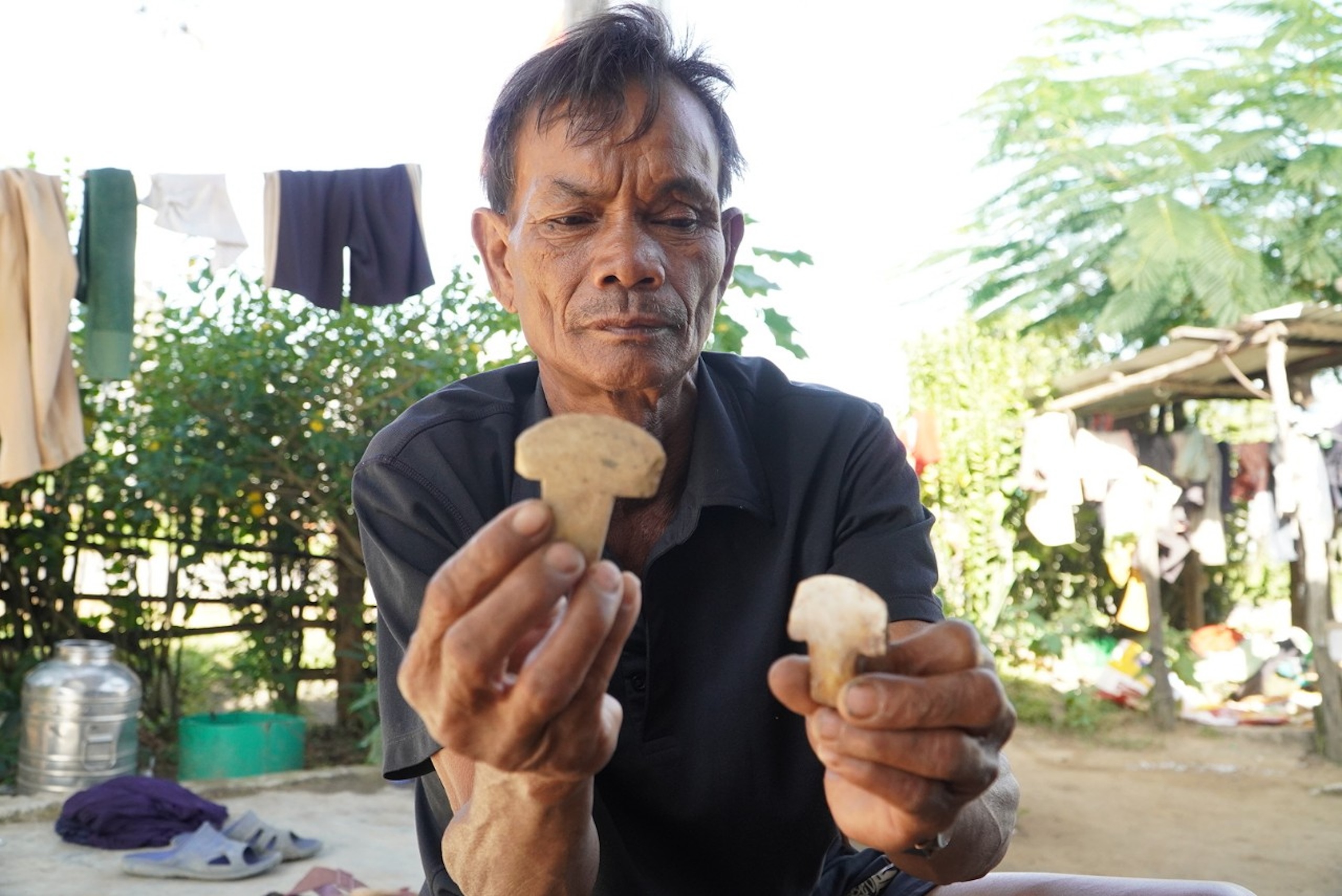
Lung Leng people still keep the hammers of heaven.
The very next day, almost all of the professional staff of Kon Tum Provincial Museum cut through the forest to find the gold mine located about 3 km from Lung Leng village. When they arrived, everyone could not believe their eyes: In the middle of the rough gold mine, an ancient cultural layer appeared lying nearly 1 meter below the ground. On the walls of the gold pits, countless pieces of pottery appeared, some of which were up to 30 cm thick, and scattered nearby were jars, bowl bases, and pieces of axes... Immediately, the authorities in Kon Tum organized verification and exploration to serve the research.
Also during this time, scientists discussed the need to urgently excavate Lung Leng, because the Ya Ly hydropower plant had been under construction since 1993, and was expected to be completed and begin filling water in 2002. At that time, the hydropower reservoir would submerge a large area in the Po Ko river basin, including Lung Leng.
To serve research as well as protect artifacts from the site, an archaeological team was assigned to excavate Lung Leng.
The entire area along the Po Ko River became an archaeological site with excavations and digging pits. Dozens of tents were set up, and thousands of people were mobilized to work tirelessly under the guidance of archaeologists.
CHANGE YOUR VIEW OF KON TUM
According to Mr. Nguyen Van Quang, Deputy Director of Kon Tum Provincial Museum, the Lung Leng archaeological site is located on a turtle-shaped strip of land close to the northern bank of the Po Ko River. The entire site covers an area of about 1.5 hectares. In September 1999, the Institute of Archaeology and Kon Tum Provincial Museum jointly excavated the Lung Leng site for the first time with an area of 106 square meters. The archaeological team discovered and collected hundreds of stone relics and tens of thousands of pieces of pottery of various types.
The second excavation took place in June 2001, this was one of the largest archaeological excavations in our country at that time. The archaeological team discovered and processed 20 relics including fireplaces, kilns; 120 burials; 14,552 stone artifacts including production tools such as axes, adzes, hoes, knives, grinding tables, milling tables, bronze molds...
In addition, archaeologists also discovered jewelry including bracelets, earrings, necklaces... along with hundreds of ceramic artifacts and millions of pieces of various types of pottery.
According to Associate Professor Dr. Nguyen Khac Su, former Head of the Stone Age Department (Vietnam Institute of Archaeology), Lung Leng is a prehistoric residential site, with evidence of house pillar pits, fire pits, as well as a large number of archaeological relics. Not only that, this is also a place for stone processing, pottery production, metal smelting and a large burial site.
Lung Leng is a large-scale site with a thick cultural layer and a rich number of artifacts, reflecting the basic stages of historical development. The earliest of these is the appearance of the late Paleolithic residents dating back 30,000 years ago. Then there are a series of relics in the Neolithic and Metal Ages. In the development process, there is a stage marking the transformation of this land, entering the era of civilization, which is the iron and copper smelting furnaces. Here, bronze molds and bronze tools have been found. Thus, it can be said that Lung Leng is one of the cultural centers and metallurgical centers of prehistoric times.
Associate Professor, Dr. Nguyen Khac Su said that the excavation results of Lung Leng site have provided a rich source of historical data, contributing to the research of the ancient cultural history of the nation. The excavation provides a new perspective on the entire historical issue in the Central Highlands.
"With this excavation result, it is time for us to change our perception of Kon Tum, of the Central Highlands in the past. We must admit that this is a dynamic, creative land with open exchanges. A deep understanding of the Central Highlands' past will give us a realistic view of the socio-economic development strategy of the Central Highlands - a land full of potential of the Fatherland", Associate Professor, Dr. Nguyen Khac Su said.
To preserve the vestiges of their ancestors, each family in Lung Leng village keeps a few stone axes and adzes, and considers them a source of pride in the nation’s long history of development. On the lake side, the Lung Leng site is still submerged under the water, quietly in the murmur of the river, as it has been quietly for thousands of years. (continued)
Source link


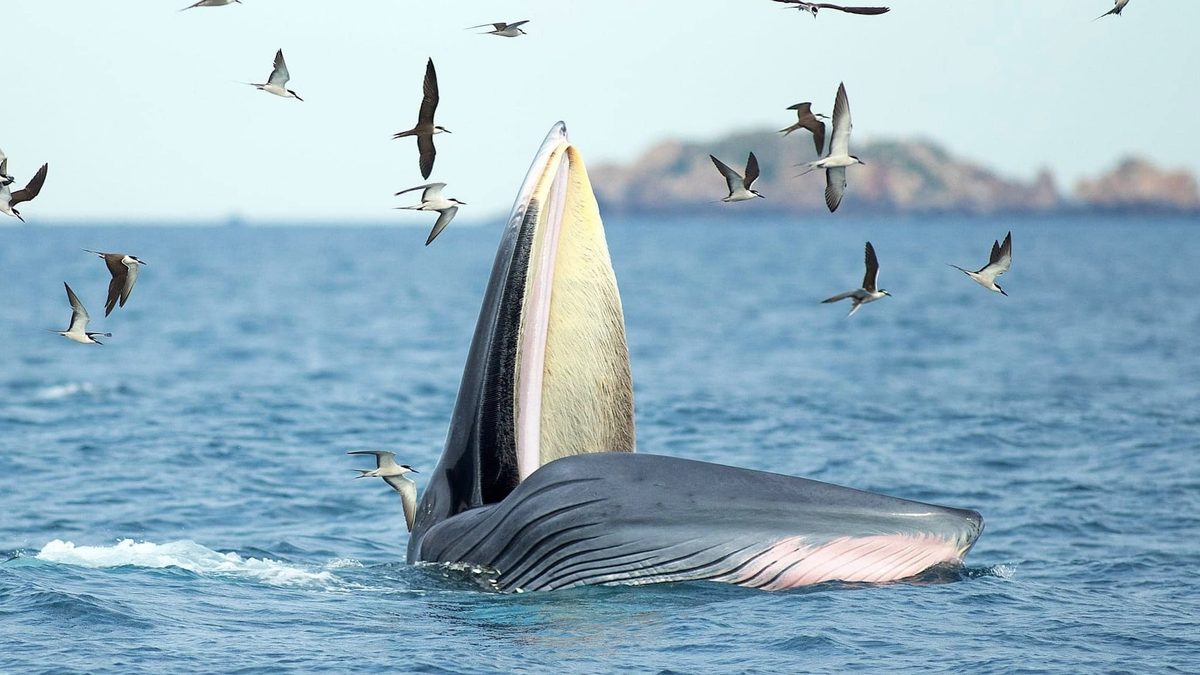
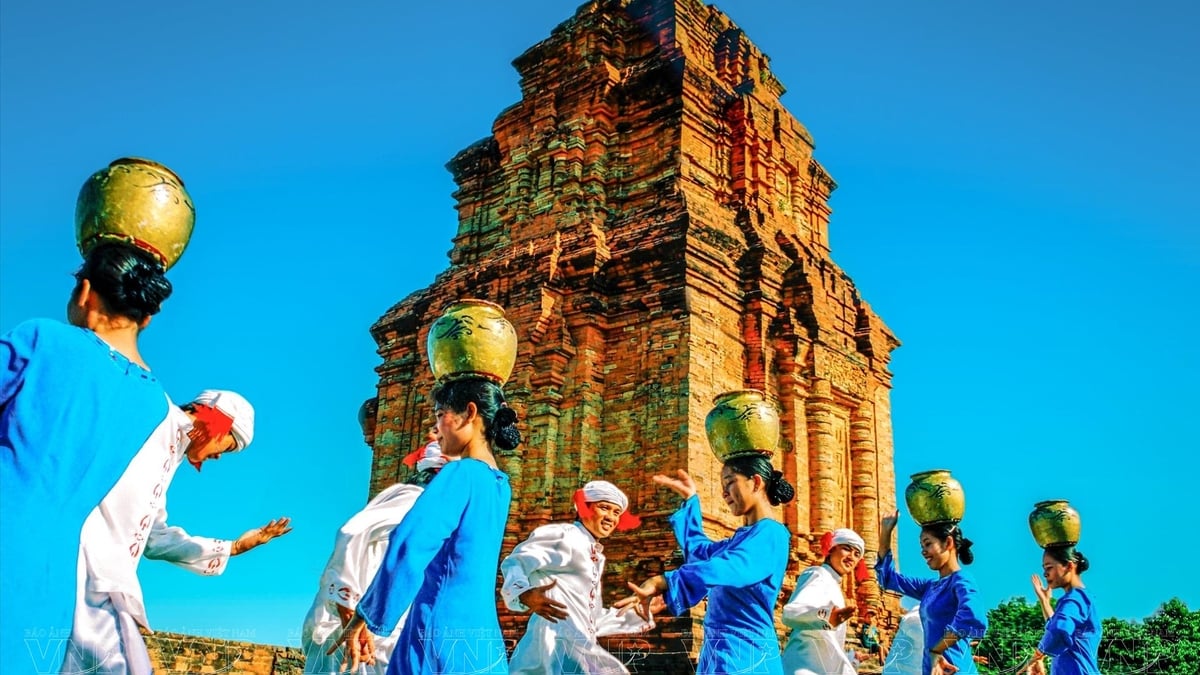

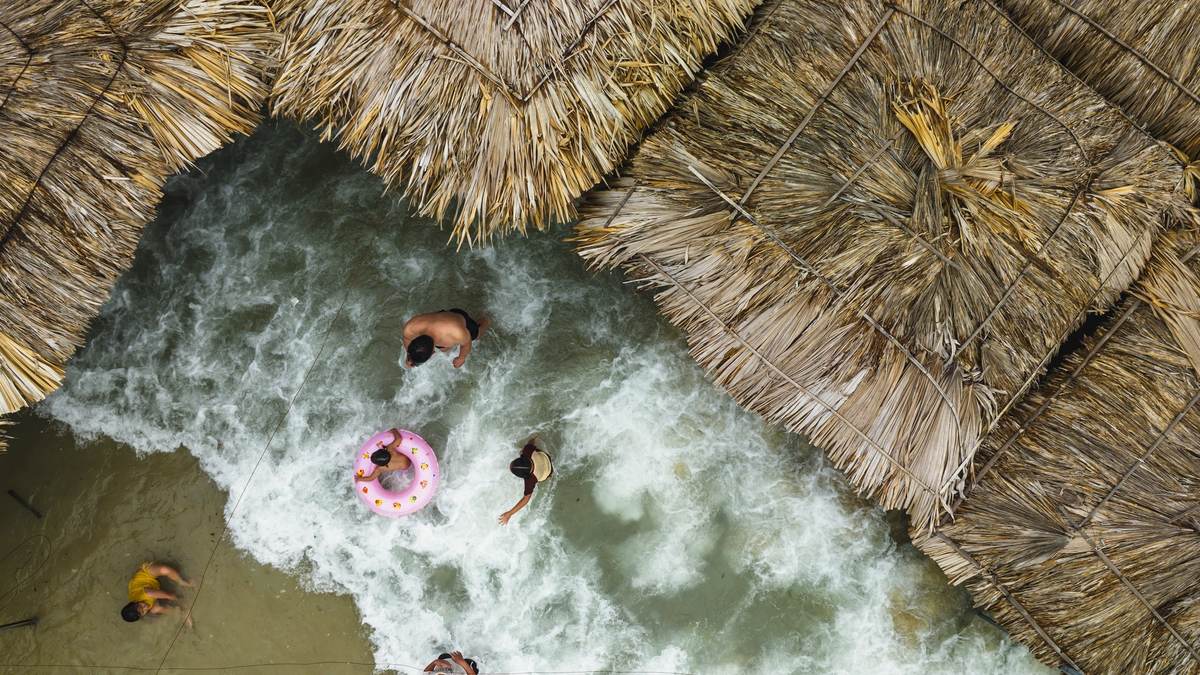
![[Photo] Cuban artists bring "party" of classic excerpts from world ballet to Vietnam](https://vphoto.vietnam.vn/thumb/1200x675/vietnam/resource/IMAGE/2025/6/26/797945d5d20b4693bc3f245e69b6142c)
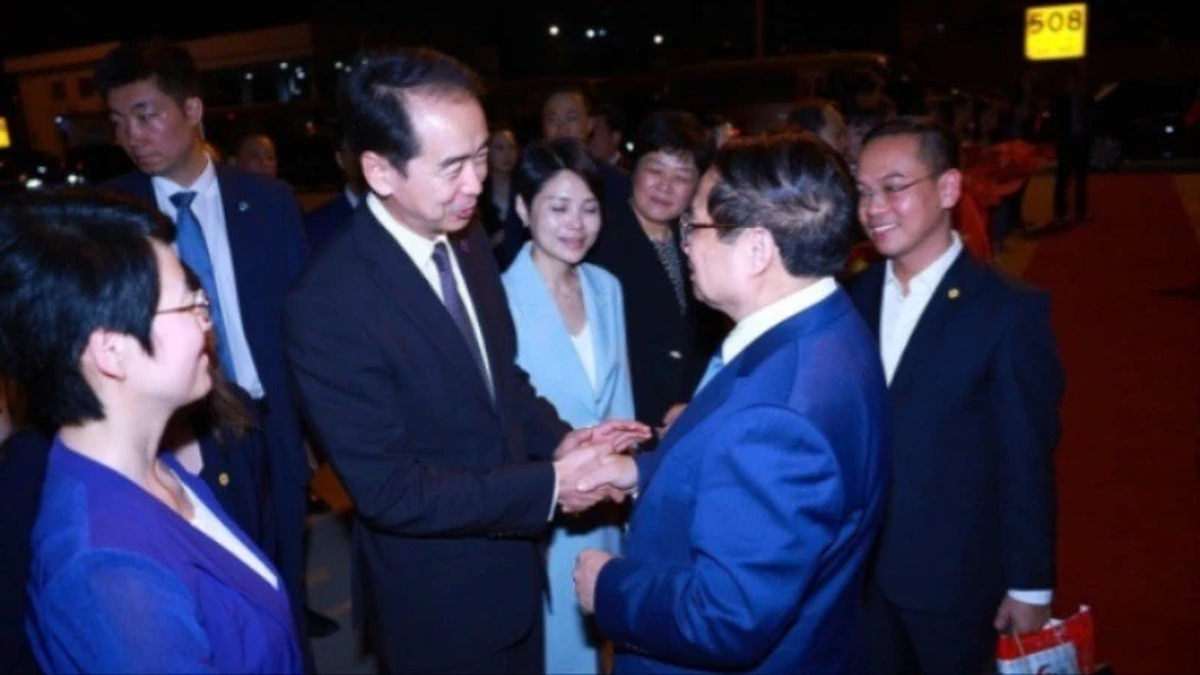
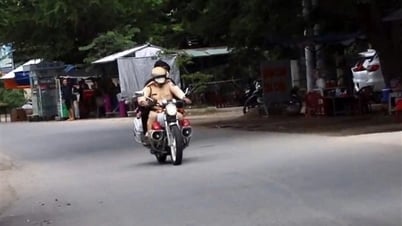

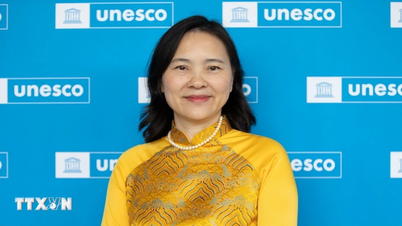


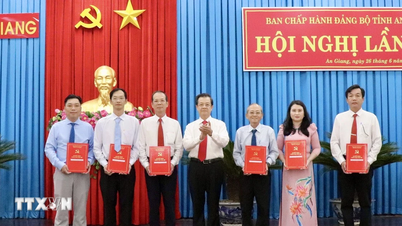








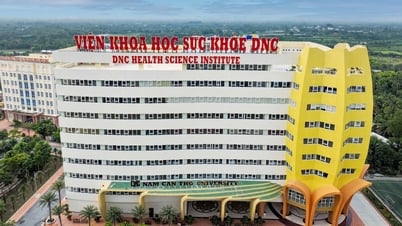



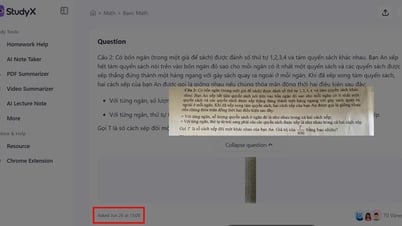
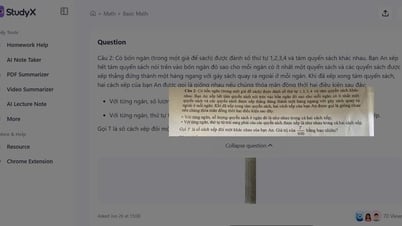
![[Photo] General Secretary To Lam receives Australian Ambassador to Vietnam Gillian Bird](https://vphoto.vietnam.vn/thumb/1200x675/vietnam/resource/IMAGE/2025/6/26/ce86495a92b4465181604bfb79f257de)
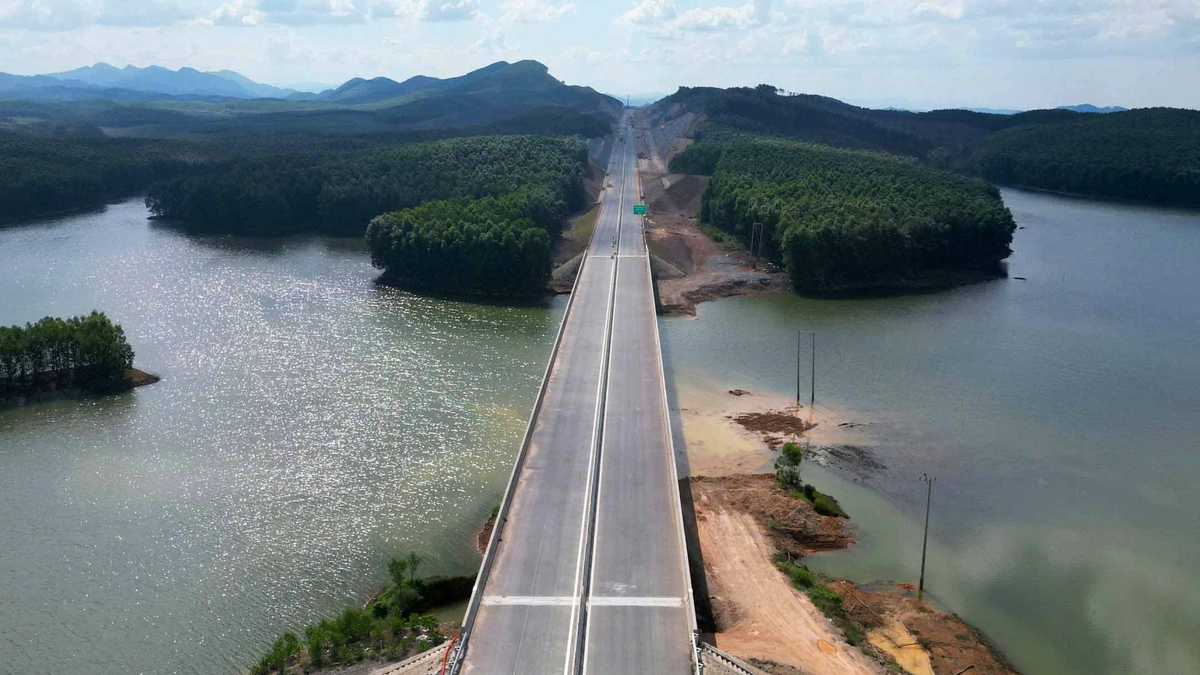


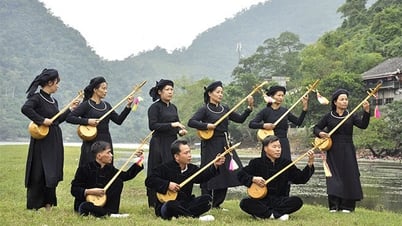



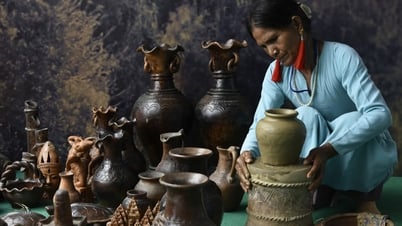

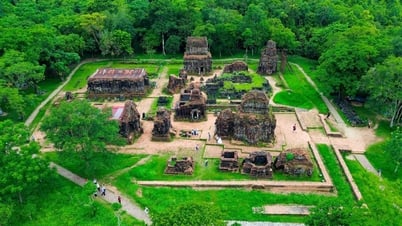
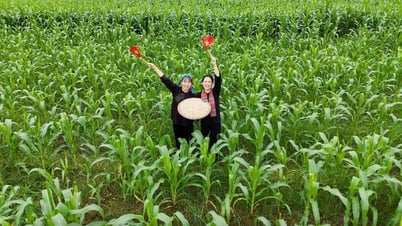

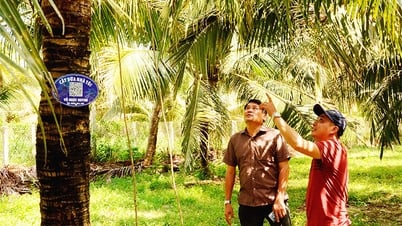


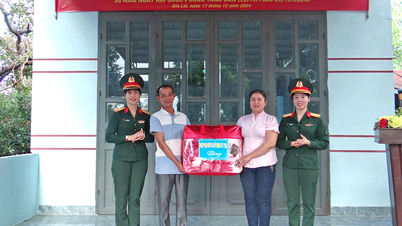



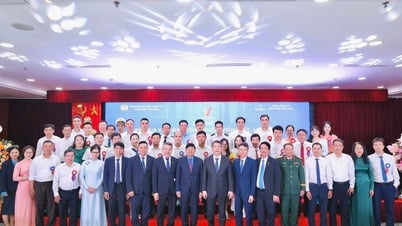


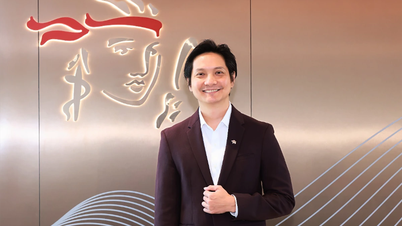






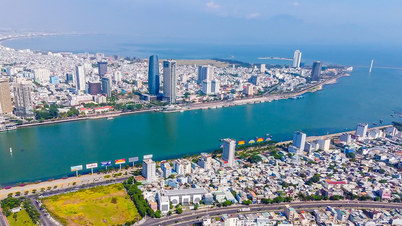


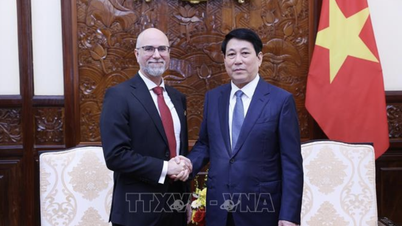
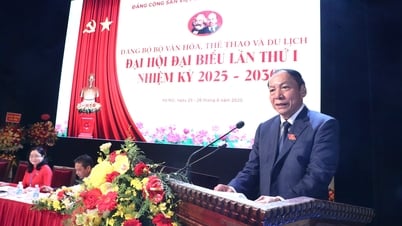

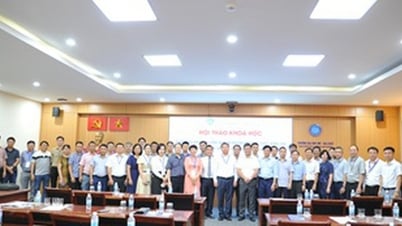

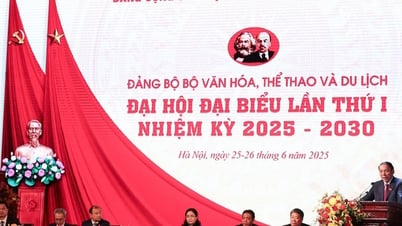



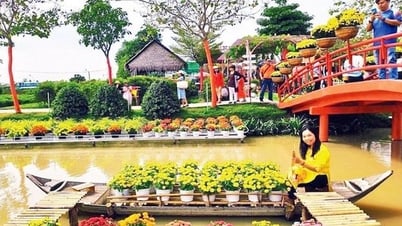


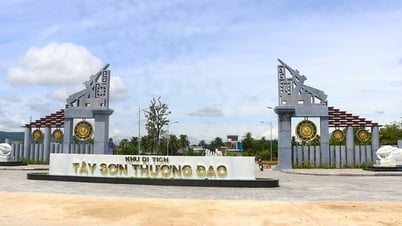


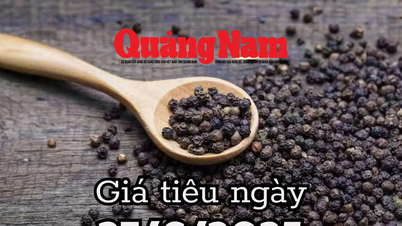

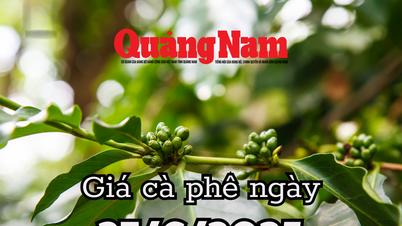

















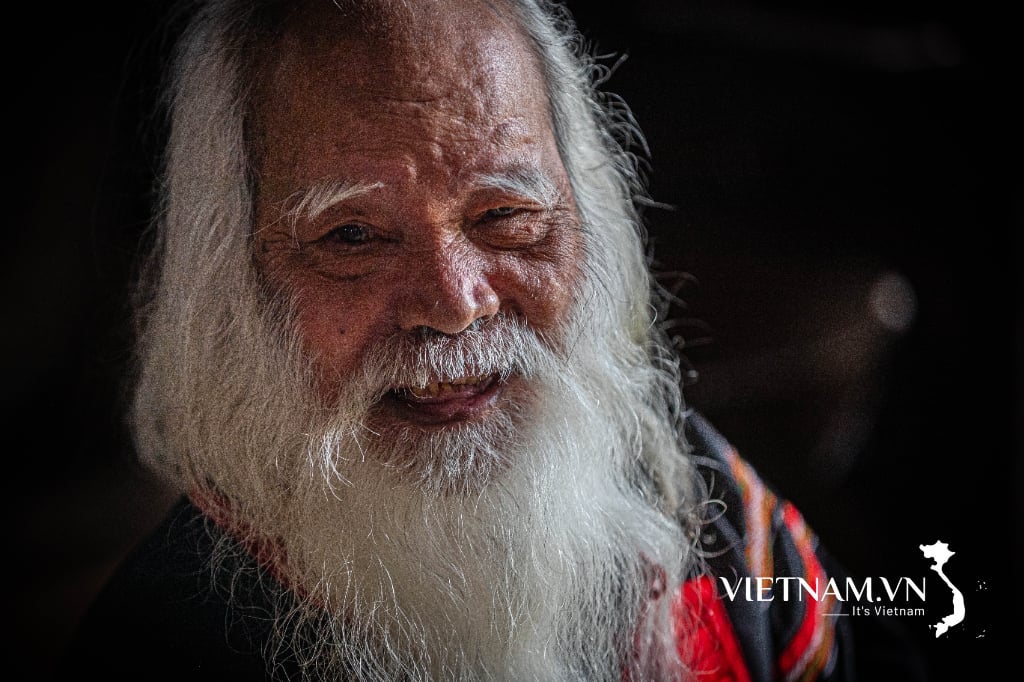


Comment (0)